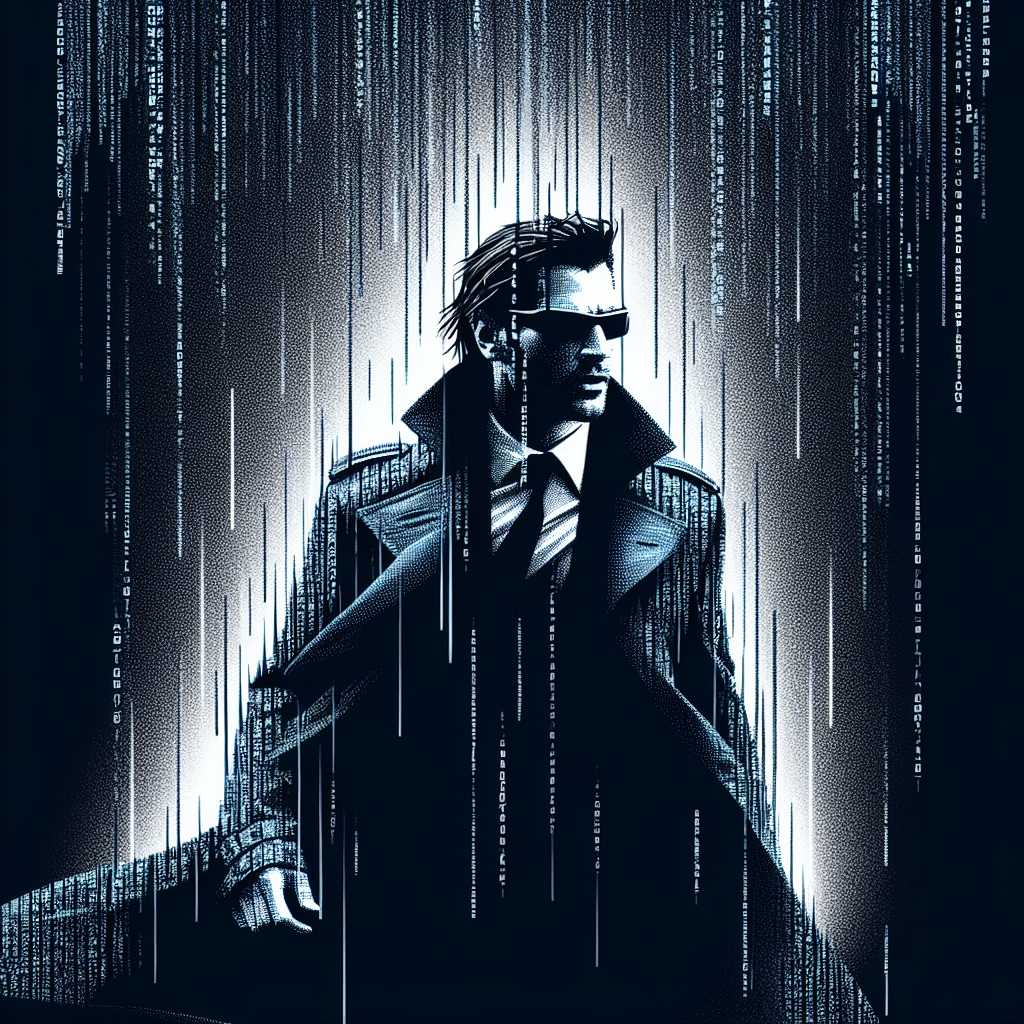The Matrix Phenomenon: Understanding the Cultural Impact
The Matrix series, beginning with the original film released in 1999, has left an indelible mark on modern culture, influencing aesthetics, philosophy, and technology perceptions in profound ways. When it debuted, The Matrix was celebrated not only for its groundbreaking special effects and action sequences but also for the depth of its ideas. Over two decades later, the franchise continues to be a subject of discussion—one that prompts viewers to question their reality and contemplate the potential future of humanity’s relationship with technology.
Origins and Development of a Sci-fi Classic
The Conception and Release of The Matrix
Back in the late 1990s, writer-directors Lana and Lilly Wachowski conceived a revolutionary story that combined intellectual thought experiments about perception and reality with fast-paced action. The Matrix’s 1999 release introduced audiences to a dystopian world where humanity lived unknowingly in a simulated reality called the Matrix, while their bodies provided energy to sentient machines. The film’s protagonist, Neo, played by Keanu Reeves, is awakened to this truth and joins the fight against the oppressors.
This cyberpunk narrative borrowed from various philosophical and religious sources and resonated instantly for its allegorical significance as well as for its innovative “bullet time” special effects that allowed viewers to experience action sequences in new, visually captivating ways.
Sequels and Expansion of the Narrative
Following the massive success of The Matrix, two sequels were released in 2003: “The Matrix Reloaded” and “The Matrix Revolutions”. Though received with mixed reviews—mostly due to their more complex storylines and philosophical meanderings—the sequels solidified The Matrix as a trilogy and expanded upon its lore, digging deeper into the origins of the Matrix and the destiny of its characters.
The Matrix Resurrections: A New Chapter
In 2021, a fourth installment titled “The Matrix Resurrections” rekindled interest in the series, inviting old and new fans alike to revisit this world. This sequel-reboot hybrid reintroduced cherished characters while adding new perspectives on aging themes and exploring aspects of reflection and legacy.
Cultural Impact: How The Matrix Shaped Society
Technology and Cyberculture
At a time when the internet was blossoming into mainstream society, The Matrix tapped into growing anxieties around technology’s newfound role in everyday life. It mirrored nascent fears about virtual spaces replacing physical ones and anticipated discussions about artificial intelligence that are now at the forefront of technological ethics.
Philosophy and Thought Influence
Plato’s Allegory of the Cave and Jean Baudrillard’s “Simulacra and Simulation” are directly referenced in The Matrix. These ideas encourage viewers to think critically about authenticity within perceived realities—a timely cue in today’s era marked by ‘deepfakes’, virtual influencers, and living through digital personas on various platforms.
Fashion and Style
There’s no mistaking the distinctive aesthetic of The Matrix: sleek trench coats, sunglasses at night, and an overall gothic-induced cyberpunk vibe. This look carved out a niche in fashion at the turning point of a new millennium that persists as a reference point both for runway designers musing on futurism and for people adopting techwear as their style angle.
Influence on Film and Media
The Matrix’s pioneering use of camera techniques pushed the boundaries of storytelling, compelling both filmmakers and video game developers to explore novel methods for action sequences. Its interwoven narratives that questioned consciousness went on to influence other movies like “Inception” while blurring the lines between supposed high-brow art house concepts and mainstream cinematic experiences.
Notes
Image description: A poster or image representing The Matrix franchise. Visual elements include lead character Neo (Keanu Reeves) in his signature black trench coat and sunglasses, possibly mid-action pose indicative of the movie’s aesthetic. Computer code streaming down in the background is reminiscent of what has become the iconic digital rain motif associated with the movies.
